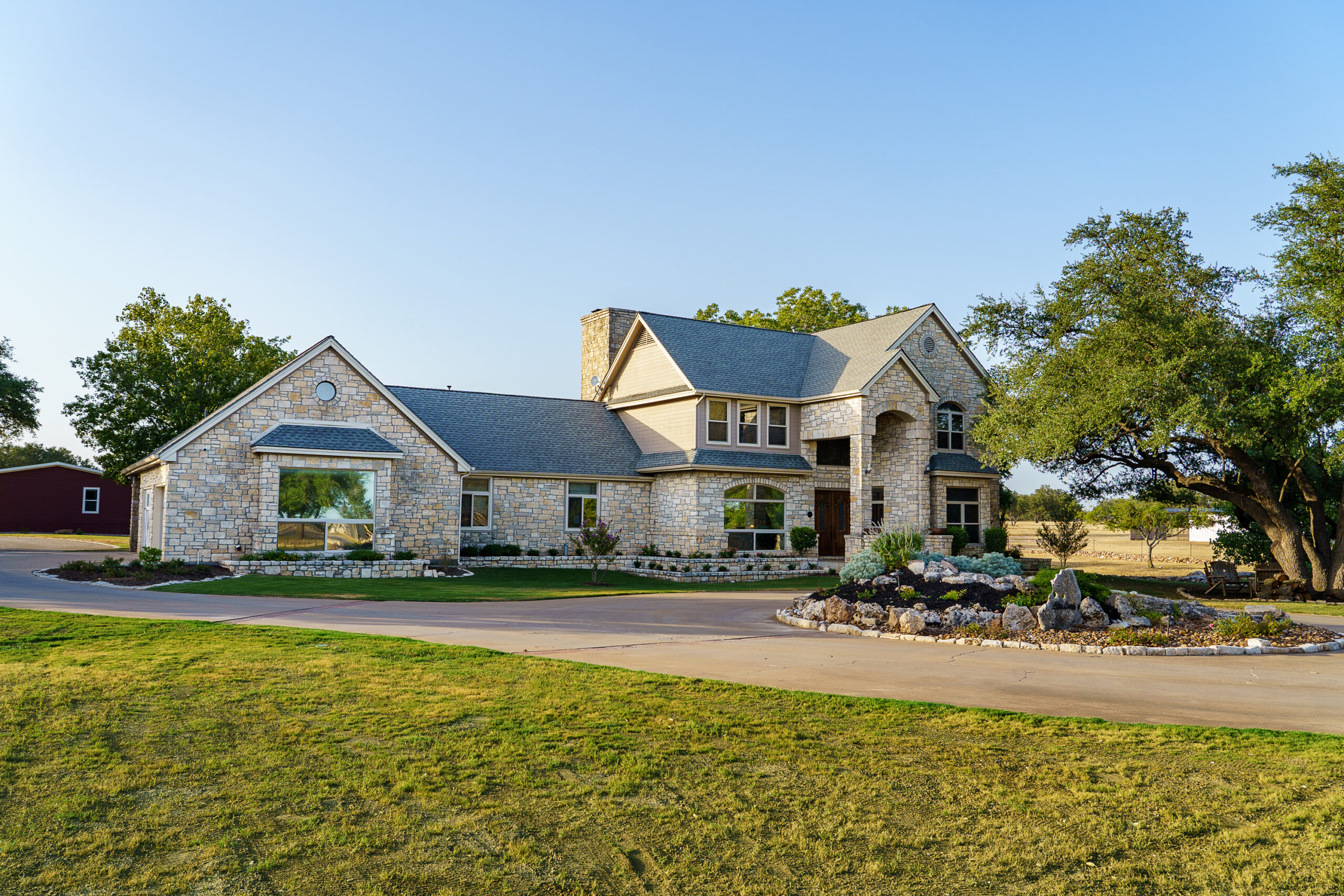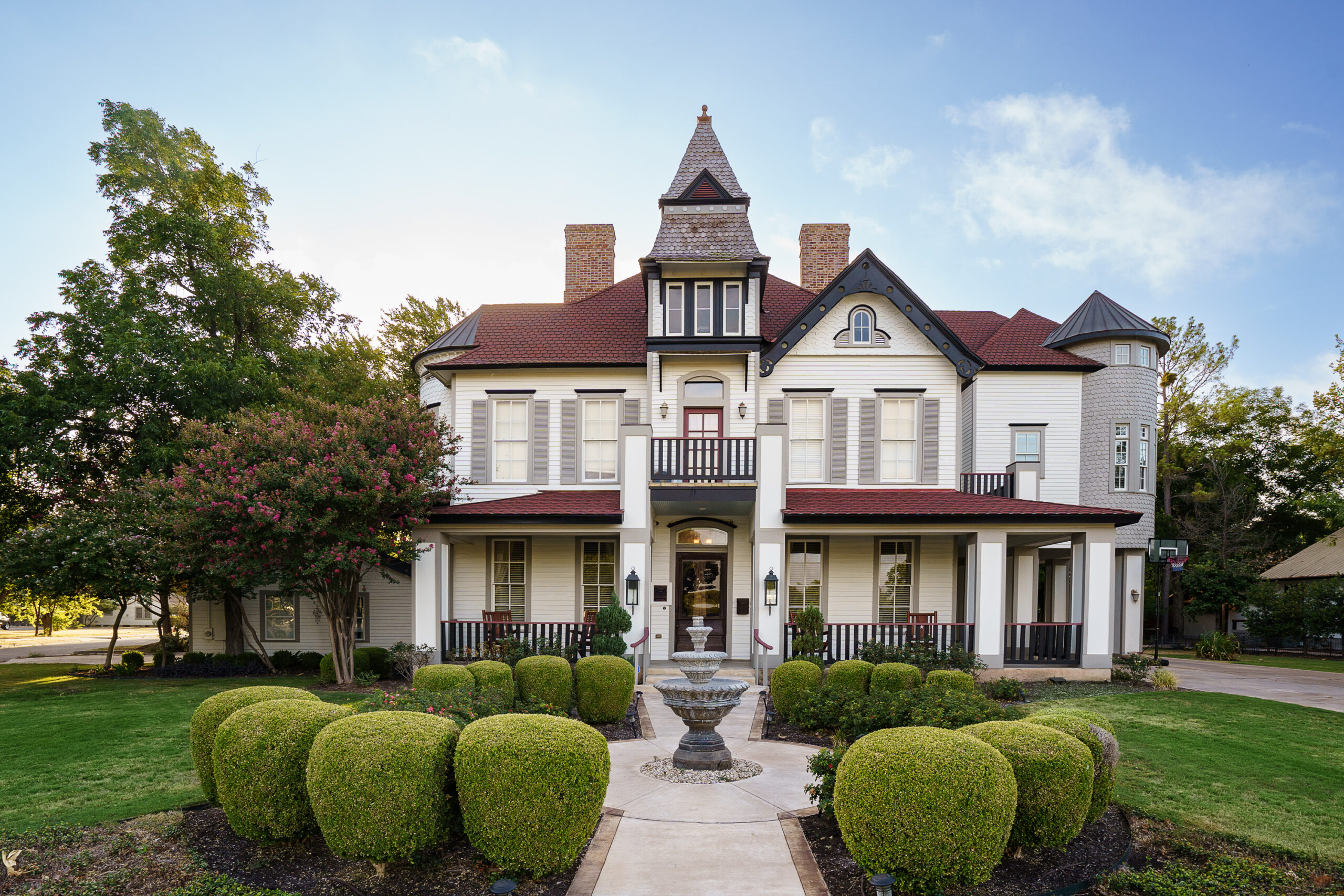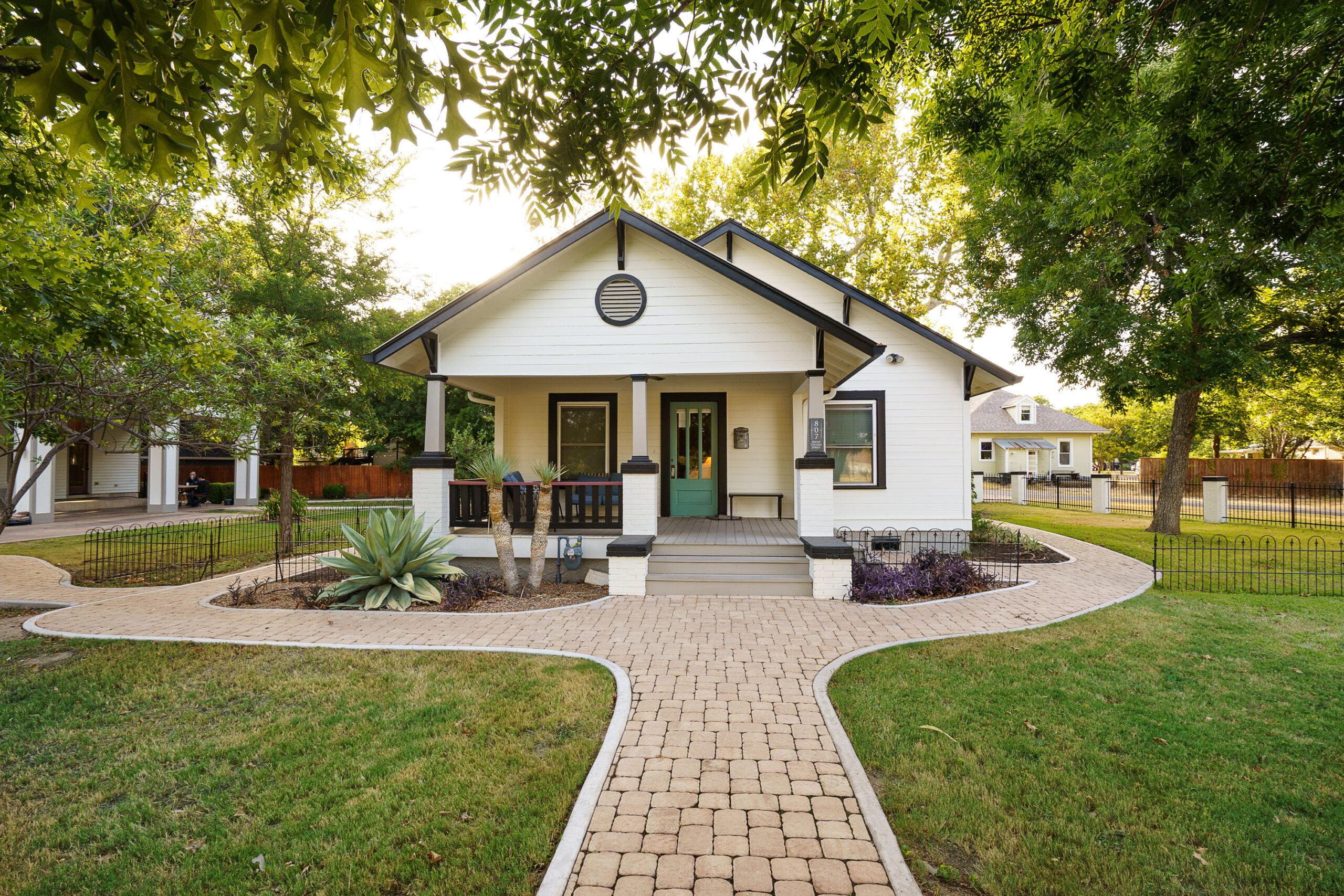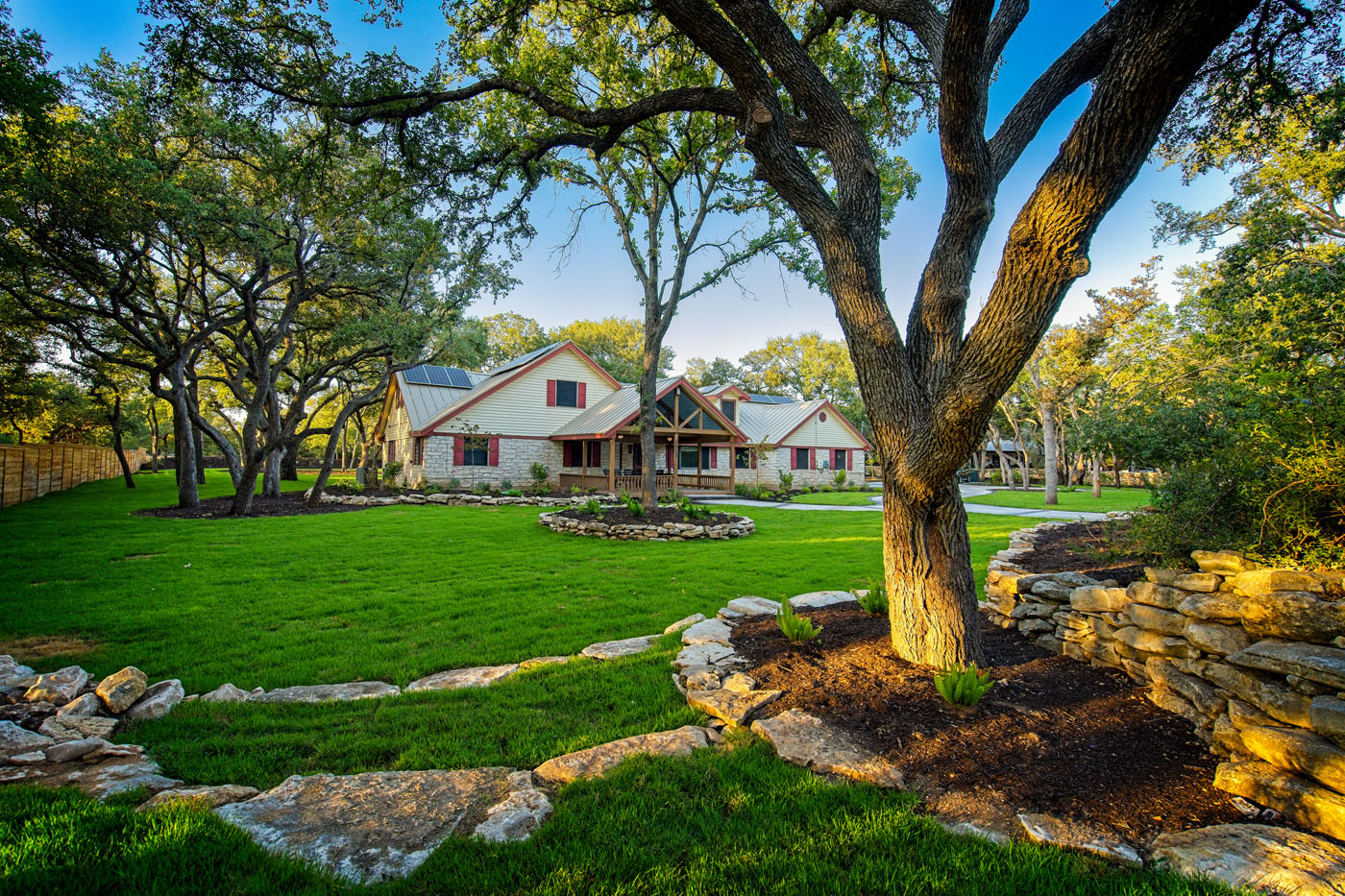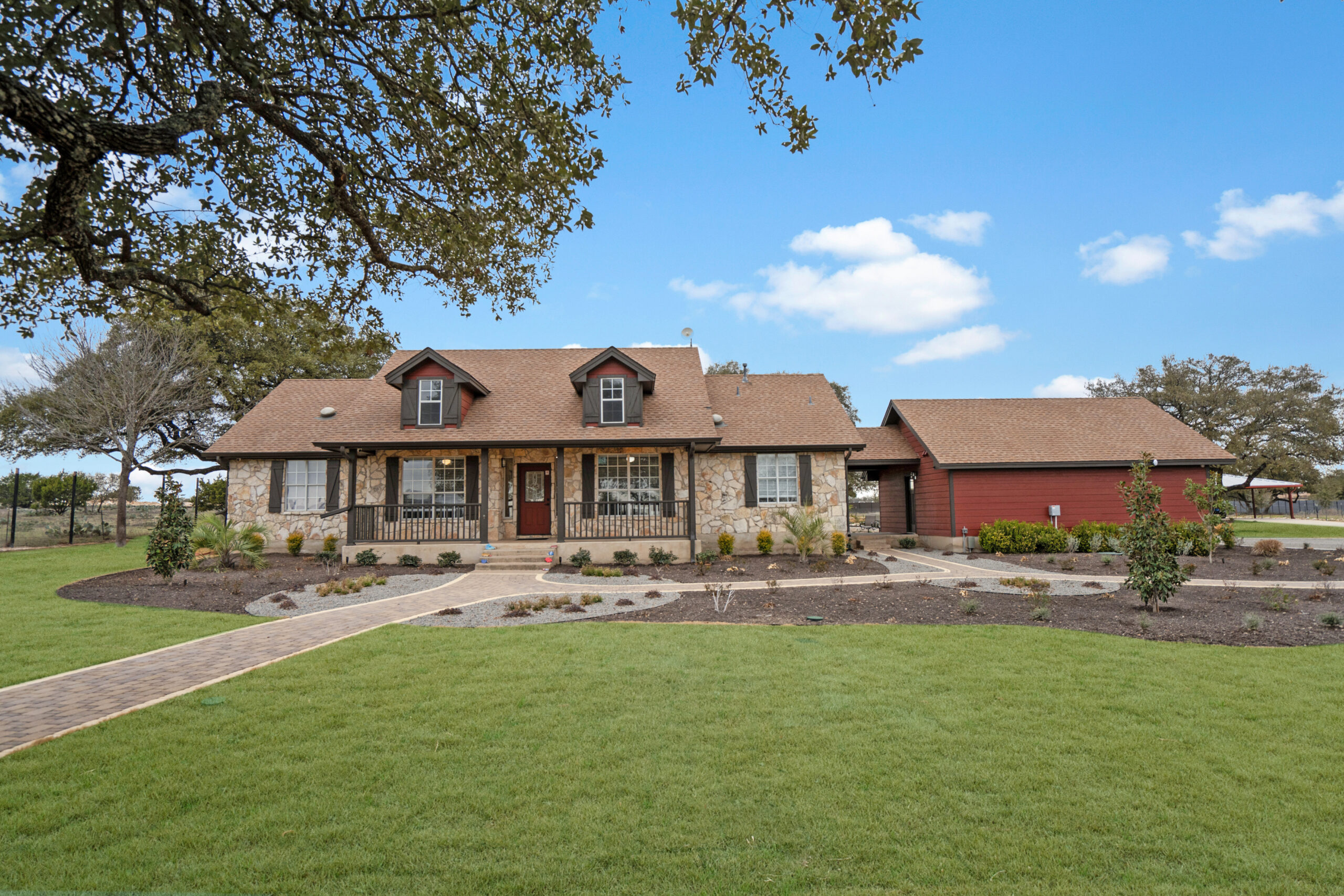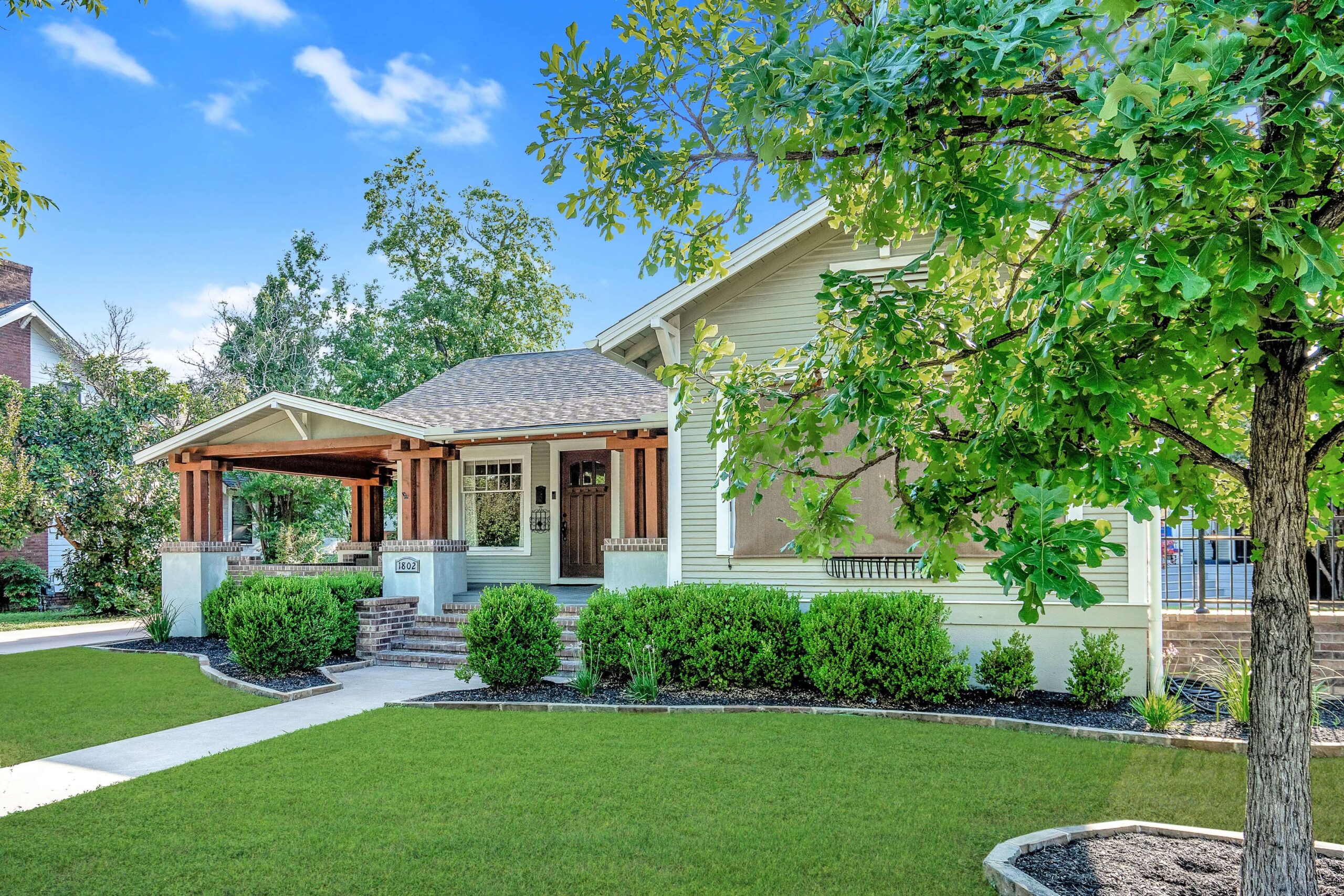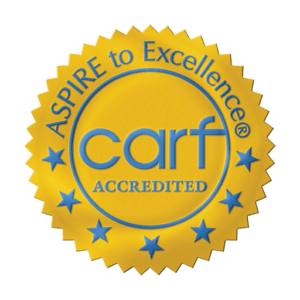What Is Schizoaffective Disorder?
Schizoaffective disorder, a unique blend of mood and psychotic symptoms, affects an individual’s perception and emotional state. Approximately three out of every 1,000 people develop this complex condition, making it relatively rare in the mental health landscape. It often combines elements of schizophrenia and mood disorders such as depression or bipolar disorder. This hybrid nature often leads to misdiagnosis, a challenge that underscores the importance of comprehensive, residential treatment for schizoaffective disorder.
Symptoms can range from delusions, hallucinations, and incoherent speech to major depressive episodes or manic behavior. Due to the variety of symptoms, residential treatment for schizoaffective disorder must be thorough and adaptive to meet the shifting needs of individuals.
Why Residential Treatment Is Crucial
When dealing with schizoaffective disorder, the unpredictability and severity of the symptoms often necessitate a structured environment. Residential treatment for schizoaffective disorder provides this stability, offering a safe haven where individuals can focus on recovery without external stressors. This setting is essential for those who might be grappling with severe psychotic episodes or mood swings.
As a professional with over 20 years of experience, I have witnessed firsthand the transformative power of a comprehensive residential program. At Alta Loma, we create a nurturing environment that prioritizes each resident’s individual needs. By focusing on well-rounded care, we address both the mental and physical aspects of recovery, fostering a holistic healing process.
Residential treatment for schizoaffective disorder also involves integrative strategies such as cognitive behavioral therapy, medication management, and community integration, ensuring that every factor contributing to mental health and sobriety is addressed.
Key Components of Successful Treatment
Our treatment programs emphasize the following critical components:
- Cognitive Behavioral Therapy (CBT): This approach helps individuals identify and change distorted thought patterns.
- Medication Management: Regular assessments and adjustments ensure effective symptom control.
- Family Involvement: Healing is more sustainable when family members participate in therapy and support groups.
- Life Skills Development: Classes in coping strategies and daily living skills prepare residents for reintegration into society.
These components, coupled with personalized care plans, lay the groundwork for a robust recovery journey. At Alta Loma, each resident’s unique situation is considered, allowing for a tailored approach that maximizes the chances of long-term wellness.
A Personal Insight Into Treatment
Reflecting on my time at Alta Loma, one case stands out. A young man, burdened by constant hallucinations and depressive episodes, entered our residential treatment for schizoaffective disorder program with little hope. Initially resistant, he gradually embraced the structured support, flourished in the therapeutic community, and learned to manage his symptoms with newfound skills and confidence. Witnessing his transformation reaffirmed my belief in the efficacy of residential treatment for schizoaffective disorder.
Such stories of triumph are common here, and they highlight the importance of patience, understanding, and tailored treatment. Our residents often speak of the profound impact of the community and the safe space we cultivate, which allows them to explore and heal without fear or judgment.
What Qualifies as Emergency Treatment for Schizoaffective Disorder?
Emergency treatment for schizoaffective disorder is necessary when an individual experiences severe psychotic episodes, presents a danger to themselves or others, or cannot perform basic self-care tasks. Immediate intervention is crucial to stabilize these acute symptoms before enrolling in a long-term residential program.
Here are the steps typically taken in such situations:
- Assessment: Conduct a swift but thorough evaluation to determine the individual’s mental state and immediate needs.
- Stabilization: Use medication or therapeutic techniques to manage acute symptoms and ensure the individual’s safety.
- Residential Placement: Once stabilized, transition the individual to residential treatment for schizoaffective disorder for continued care and recovery.
Understanding these steps ensures that individuals receive the urgent care they need while minimizing the potential for further crises.
Addressing Common Concerns
Families often worry about whether residential treatment is the right choice. Concerns typically revolve around the length of stay, the potential benefits, and the involved costs. At Alta Loma, we emphasize clear communication and continuous support for both residents and their families. Our goal is to provide reassurance through consistent updates and involving family members in the healing process whenever possible.
The journey to recovery is different for everyone, but with the right resources and a compassionate approach, residential treatment for schizoaffective disorder can be a life-changing experience. Families play a crucial role, and we encourage their active participation, which enhances the treatment’s effectiveness and helps maintain momentum post-treatment.
Ultimately, the choice to seek residential treatment should be informed by the individual’s specific needs and the potential for recovery in a supportive, structured environment.
What are the distinctive benefits of residential treatment for schizoaffective disorder compared to outpatient care?
Residential treatment for schizoaffective disorder offers a structured and stable environment that is often crucial for managing the unpredictable nature of the disorder. In a residential setting like Alta Loma, individuals receive 24/7 support, which is particularly beneficial for those experiencing severe symptoms such as hallucinations or mood swings. This level of care allows for constant monitoring and immediate intervention if necessary. Compared to outpatient care, where individuals may only see a therapist once a week, residential treatment helps to establish a consistent routine and eliminates external stressors, which can be immensely beneficial for healing and recovery.
Anecdotally, many residents find that the community aspect of residential treatment provides a sense of belonging and understanding that can be difficult to achieve in outpatient settings. This camaraderie can foster motivation and accountability in the recovery process. For someone grappling with such a complex disorder, this immersive type of care is often a vital step towards stabilization and long-term recovery.
Have you considered what level of support might be most beneficial for your situation or that of a loved one? Reflect on how the elements of daily structure and community could impact your recovery journey.
How does family involvement enhance the treatment process for schizoaffective disorder?
Family involvement is a critical component of successful treatment for schizoaffective disorder because it helps build a support system outside of the treatment facility. At Alta Loma, engaging families in therapy sessions and support groups provides them with education about the disorder, tools to support their loved ones, and helps repair and strengthen relationships. When families are involved, they can learn to recognize early signs of episodes, provide a safe environment at home, and reinforce coping strategies acquired during treatment.
Imagine the relief of a family who now understands the difference between supporting versus enabling behaviors. Their involvement can create an environment that fosters recovery and reduces the likelihood of relapse. Studies suggest that patients with family support have better outcomes because they feel understood and supported in their journey.
Have you thought about the ways your family could be more involved in your treatment? What barriers might exist, and how could they be overcome?
What are common misconceptions about residential treatment for schizoaffective disorder, and what is the reality?
One common misconception is that residential treatment is akin to hospitalization, which can carry a stigma of being a last resort. In reality, residential treatment facilities like Alta Loma provide a homelike environment focused on healing and personal growth. They are designed to be welcoming and comforting, unlike institutional hospital settings.
Another misconception is that residential treatment is only for severe cases. However, individuals at various stages of schizoaffective disorder can benefit from the personalized care plans offered in these settings, which address not just symptom management but also life skills and community integration.
These programs are not about isolating individuals from society, but rather preparing them to reintegrate with improved coping strategies and a support network. Addressing these misconceptions involves understanding that treatment is about creating a lifestyle that supports ongoing recovery.
What are some misconceptions you’ve encountered about mental health treatment? How have they influenced your perceptions or decisions about seeking help?
What qualifies as emergency treatment for someone with schizoaffective disorder, and what steps are involved?
Emergency treatment for schizoaffective disorder is necessary when someone experiences severe psychotic episodes, is a danger to themselves or others, or is unable to perform basic self-care. The first step in an emergency situation is a swift assessment by mental health professionals to evaluate the individual’s condition and immediate needs.
Following this, stabilization through medication or therapeutic techniques is crucial to manage acute symptoms. Once stabilized, transitioning the individual to a comprehensive residential program like Alta Loma can provide the necessary long-term care and recovery support.
Consider the peace of mind that comes from knowing that these steps are designed to prevent further crises. Understanding the process can help families and individuals recognize when emergency treatment is needed, ensuring timely intervention.
Are you aware of the signs that might indicate the need for emergency intervention in schizoaffective disorder? How can this awareness help you or your family prepare for potential crises?
What are the key components of a successful treatment program for schizoaffective disorder?
Successful treatment programs for schizoaffective disorder generally include multiple components that address various aspects of the disorder. At Alta Loma, we emphasize cognitive behavioral therapy (CBT) to help individuals identify and change negative thought patterns. Medication management is also crucial, ensuring that treatment is adjusted as needed to control symptoms effectively.
Family involvement enriches the healing process by providing education and support, which is vital for post-treatment integration. Life skills development prepares individuals for daily living challenges, fostering independence and confidence. Additionally, community integration supports a smooth transition back into society by helping individuals apply the skills learned during their residential stay.
This holistic approach not only addresses mental health but also physical well-being, encouraging a balanced lifestyle that supports long-term recovery. What aspects of treatment do you think would most benefit you or your loved one in managing schizoaffective disorder?
